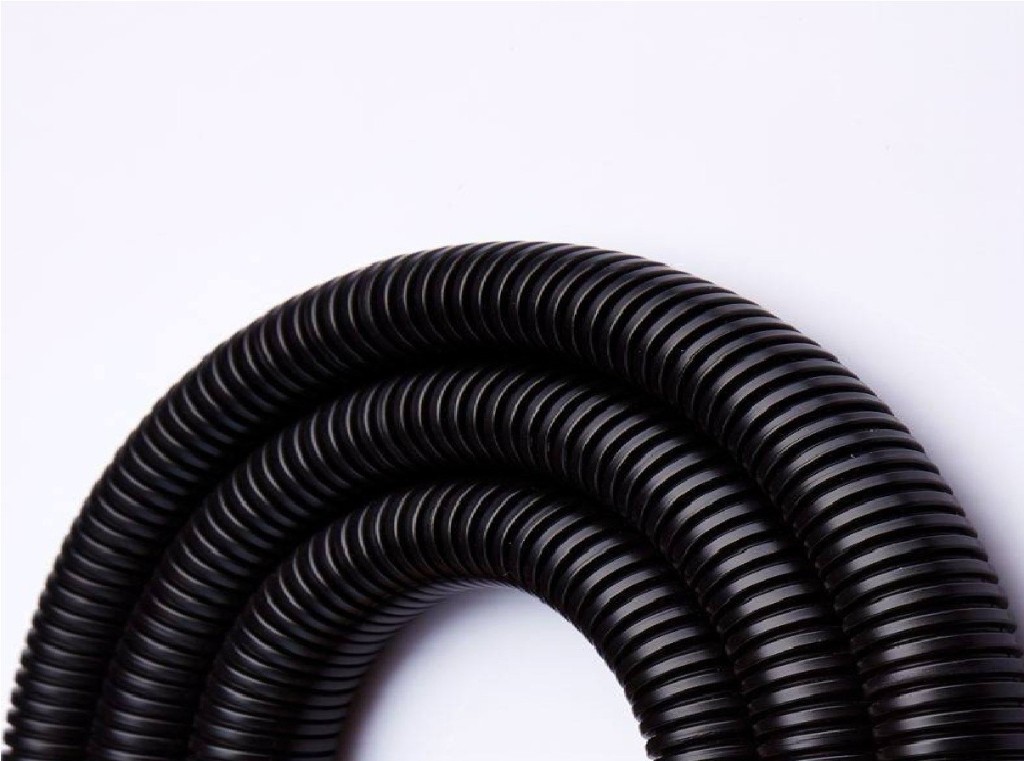
The cable insulation is a non-conductive material, or a material resistant to the flow of electric current. It is often called a dielectric in radio frequency cables. Insulation resists electrical leakage, prevents the wire current from coming into contact with other conductors, and preserves the material integrity of the wire by protecting it against environmental threats such as water and heat. Both the safety and effectiveness of the wire depend on its insulation.
Following is a simple explanation of Fluoropolymers insulation with information on the typical uses, advantages, and disadvantages of each option.
Fluoropolymers
PFA
PFA has temperature ratings ranging from 250°C to 65°C. It also has a very low dissipation factor, making it an electrically efficient option. It does not exhibit thermoset qualities, limiting it to use only in select applications. PFA is also an expensive material, though it can be processed in long lengths.
Polytetrafluoroethylene (PTFE)
PTFE is a thermoplastic material that can be used across a wide temperature range of -73°C to 204°C. It is extremely flexible, as well as, water, oil, chemical, and heat resistant. The mechanical properties of PTFE are low compared to other plastics.
Fluorinated Ethylene Propylene (FEP)
This material is widely used due to its processing characteristics and wide range of applications. It is also highly flame resistant. Improved data transmission can also be achieved when FEP is foamed. Pricing and processing are also being improved. FEP is commonly used in plenum cable and military applications.
ETFE Tefzel and ECTFE Halar
These materials are stronger and more flexible than PFA or FEP and can become thermosets through irradiation.
Foaming ECTFE and ETFE improves data transmission and reduces weight. ETFE and ECTFE lack many of the electrical advantages of FEP.
Polyvinylidene Fluoride (PVDF)
PVDF is flexible, lightweight, and thermally stable, as well as chemical, heat, weather, abrasion, and fire resistant. It is also a relatively low-cost insulation option. This insulation is used in a wide range of industries and applications. It is often found in cables meeting the UL Standard 910 Plenum Cable Flame Test, deeming the cables suitable for use in a building’s space for air circulation, typically behind dropped ceilings or raised floors. PVDF is also commonly called Kynar, a registered trademark of Arkema Inc.
Thermoplastic Elastomers (TPE)
Thermoplastic elastomers consist of a mix of polymers, typically plastic and rubber, to combine the benefits of each material into one insulating product. TPE can be molded, extruded, and reused, similar to plastic while maintaining the flexibility and stretch of rubber.
TPE is commonly used in applications where conventional elastomers are unable to provide the necessary range of physical properties. They are found increasingly in automotive applications and household appliances. Disadvantages of TPE include poor chemical and heat resistance, low thermal stability, and higher cost than other types of insulation.